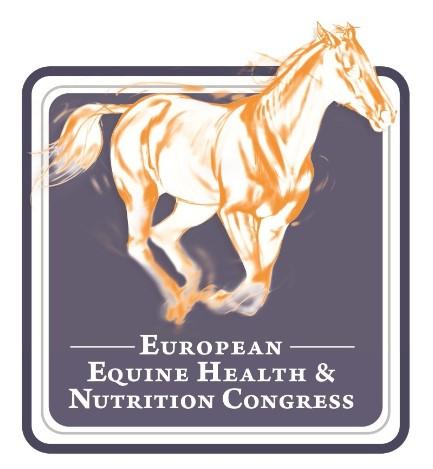Get access to all handy features included in the IVIS website
- Get unlimited access to books, proceedings and journals.
- Get access to a global catalogue of meetings, on-site and online courses, webinars and educational videos.
- Bookmark your favorite articles in My Library for future reading.
- Save future meetings and courses in My Calendar and My e-Learning.
- Ask authors questions and read what others have to say.
Factors Affecting Glycaemic Index of Feeds for Horses
Get access to all handy features included in the IVIS website
- Get unlimited access to books, proceedings and journals.
- Get access to a global catalogue of meetings, on-site and online courses, webinars and educational videos.
- Bookmark your favorite articles in My Library for future reading.
- Save future meetings and courses in My Calendar and My e-Learning.
- Ask authors questions and read what others have to say.
Read
Introduction
The glycaemic response to foods has been of concern in humans for many years, especially in the management of obesity, diabetes mellitus and cardiovascular diseases. The glycaemic index (GI) is a ranking of starchy foods based on the postprandial blood glucose response compared with the response to a 50-g glucose test load (Jenkins et al. 1981). The GI was originally introduced to classify different sources of carbohydrate-rich foods, usually those with an energy content of > 80% from the available carbohydrates, as to their effect on post-meal glycaemia. By definition, the GI compares equal quantities of carbohydrate and provides a measure of carbohydrate quality but not quantity. Thus, low-GI carbohydrates were classified as those that are digested and absorbed slowly and lead to a low glycaemic response, while high-GI carbohydrates are digested and absorbed rapidly and lead to a high glycaemic response (Foster-Powell and Brand Miller 1995). In 1997 the concept of glycaemic load (GL) was introduced to quantify the overall glycaemic effect of a meal as both, the quality and quantity of carbohydrate determines an individual ́s glycaemic response to a meal (Foster-Powell et al. 2002). As defined, the GL is the product of a food ́s GI and its total available carbohydrate content (GL = [GI x carbohydrate (g)] / 100). There are convenient international tables of glycaemic indexes and loads for more than 700 foods containing all published data on the GIs of individual foods (Foster-Powell and Brand Miller 1995, Foster-Powell et al. 2002). [...]
Get access to all handy features included in the IVIS website
- Get unlimited access to books, proceedings and journals.
- Get access to a global catalogue of meetings, on-site and online courses, webinars and educational videos.
- Bookmark your favorite articles in My Library for future reading.
- Save future meetings and courses in My Calendar and My e-Learning.
- Ask authors questions and read what others have to say.




Comments (0)
Ask the author
0 comments